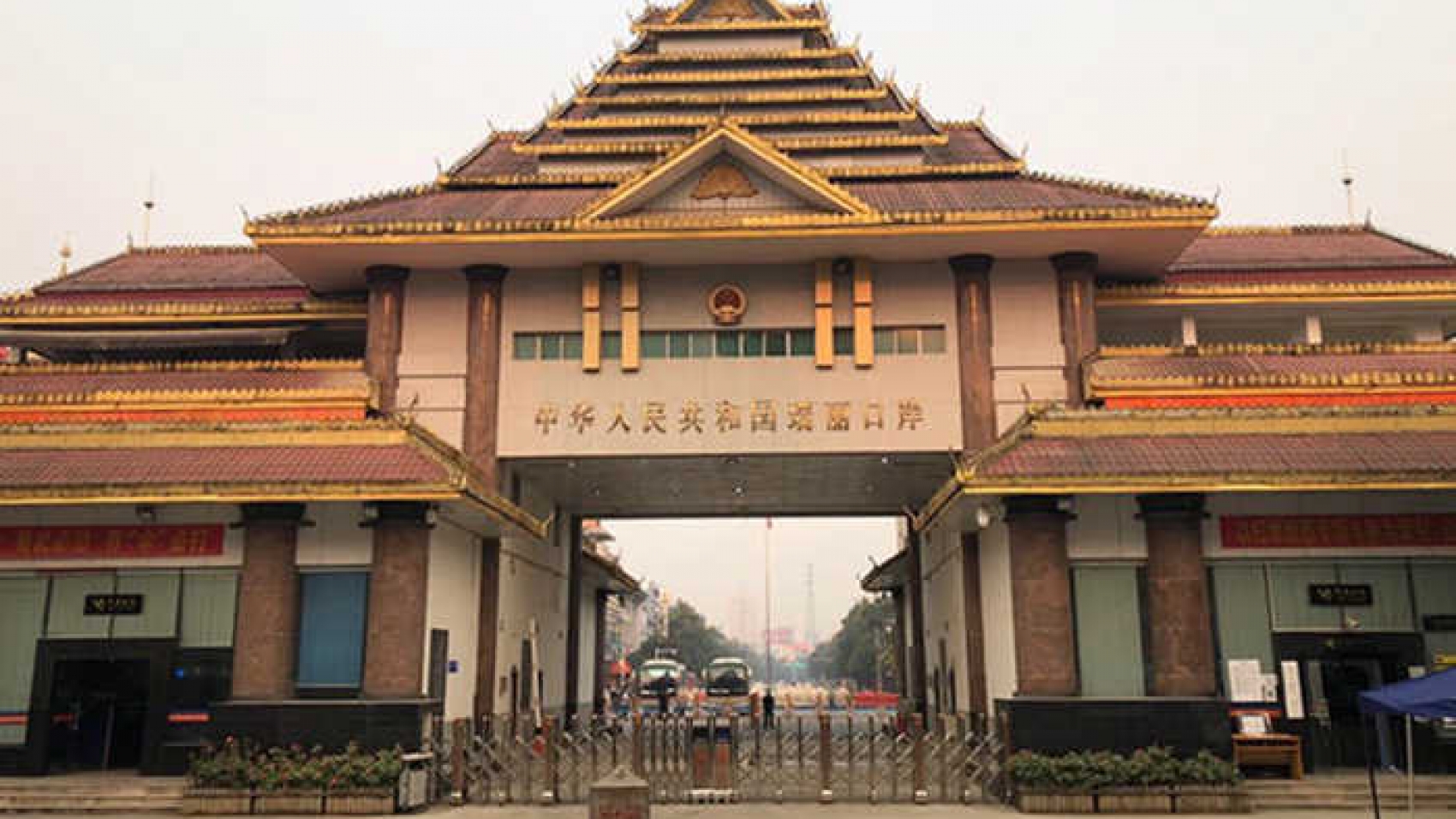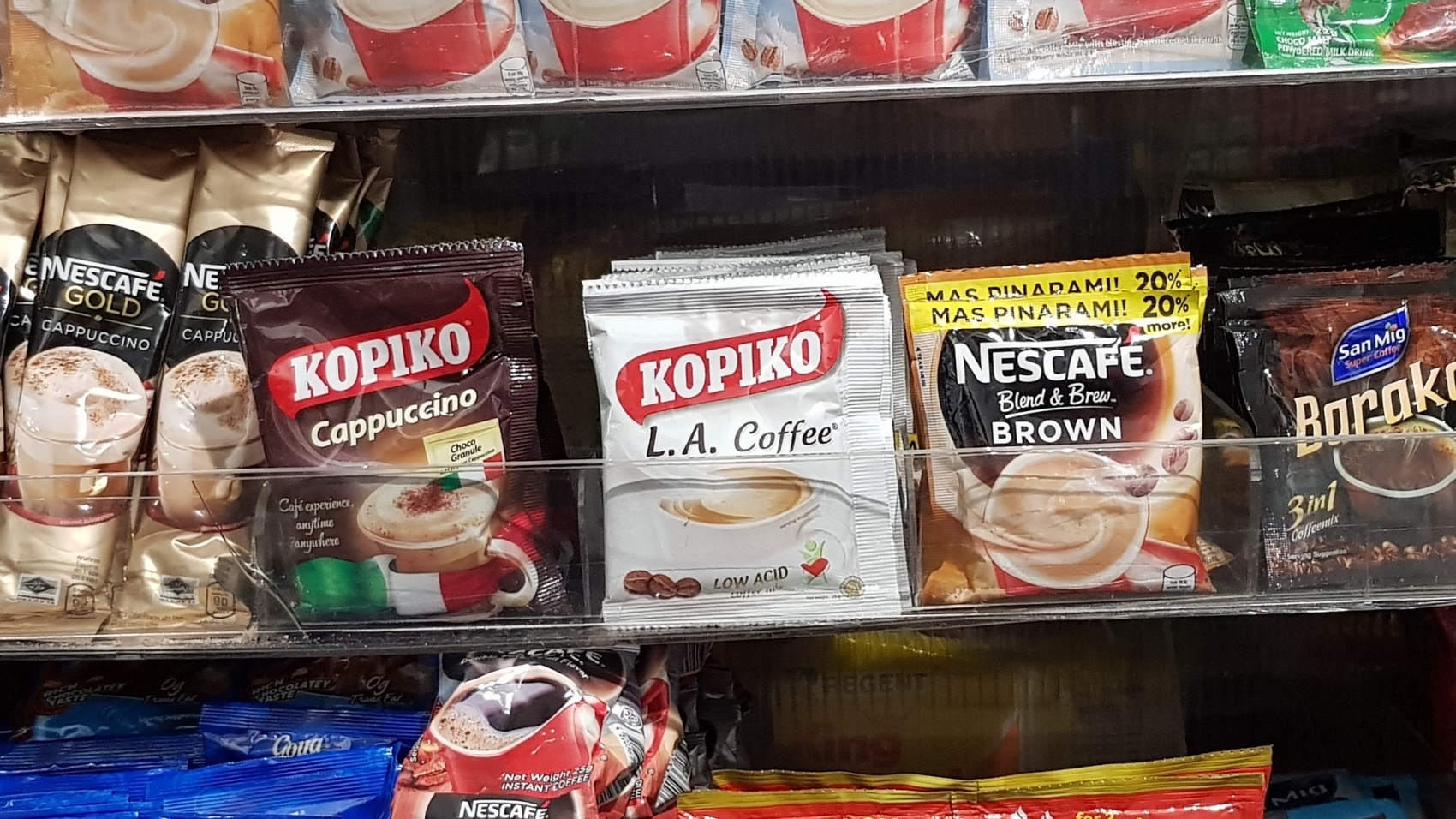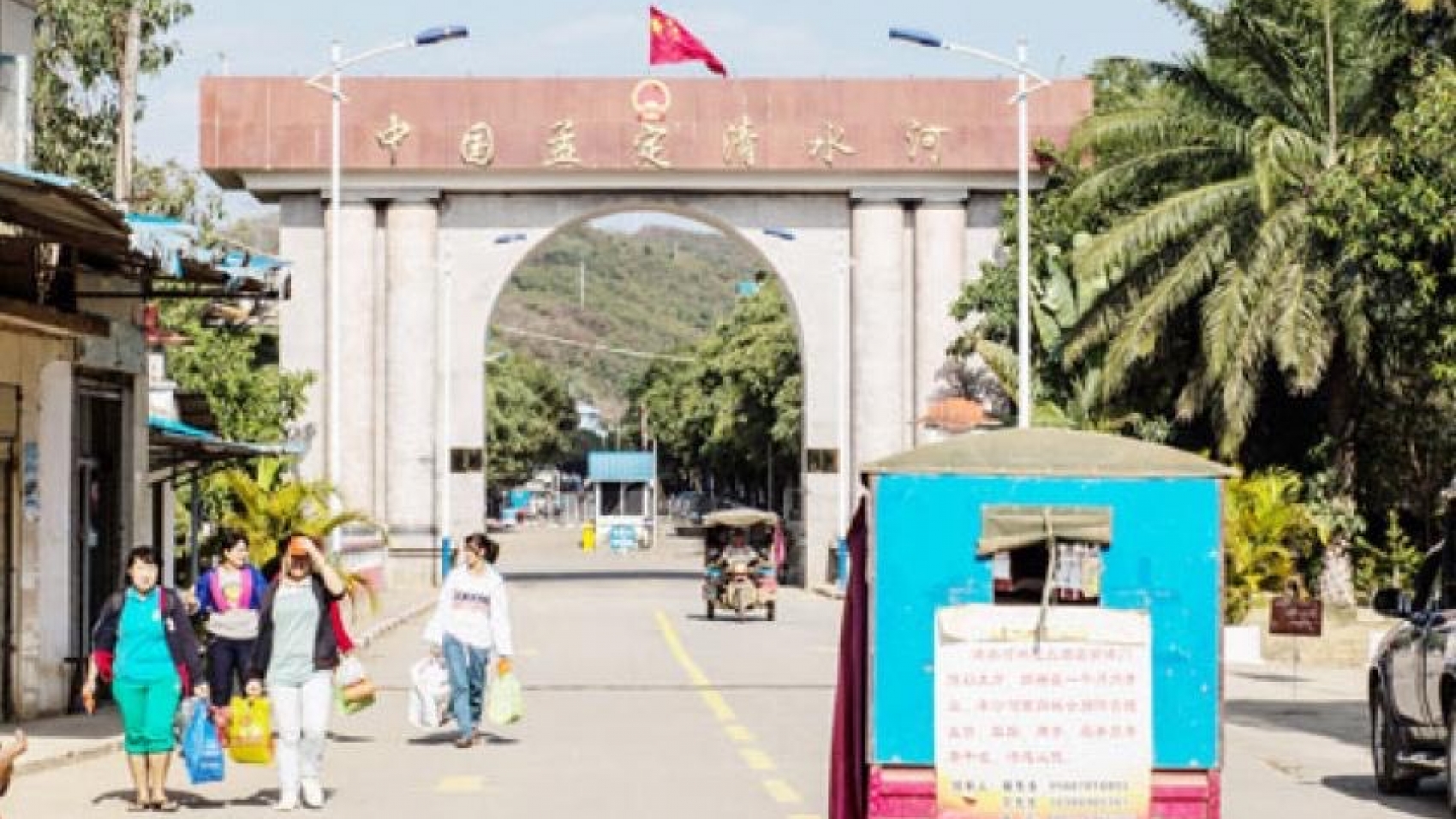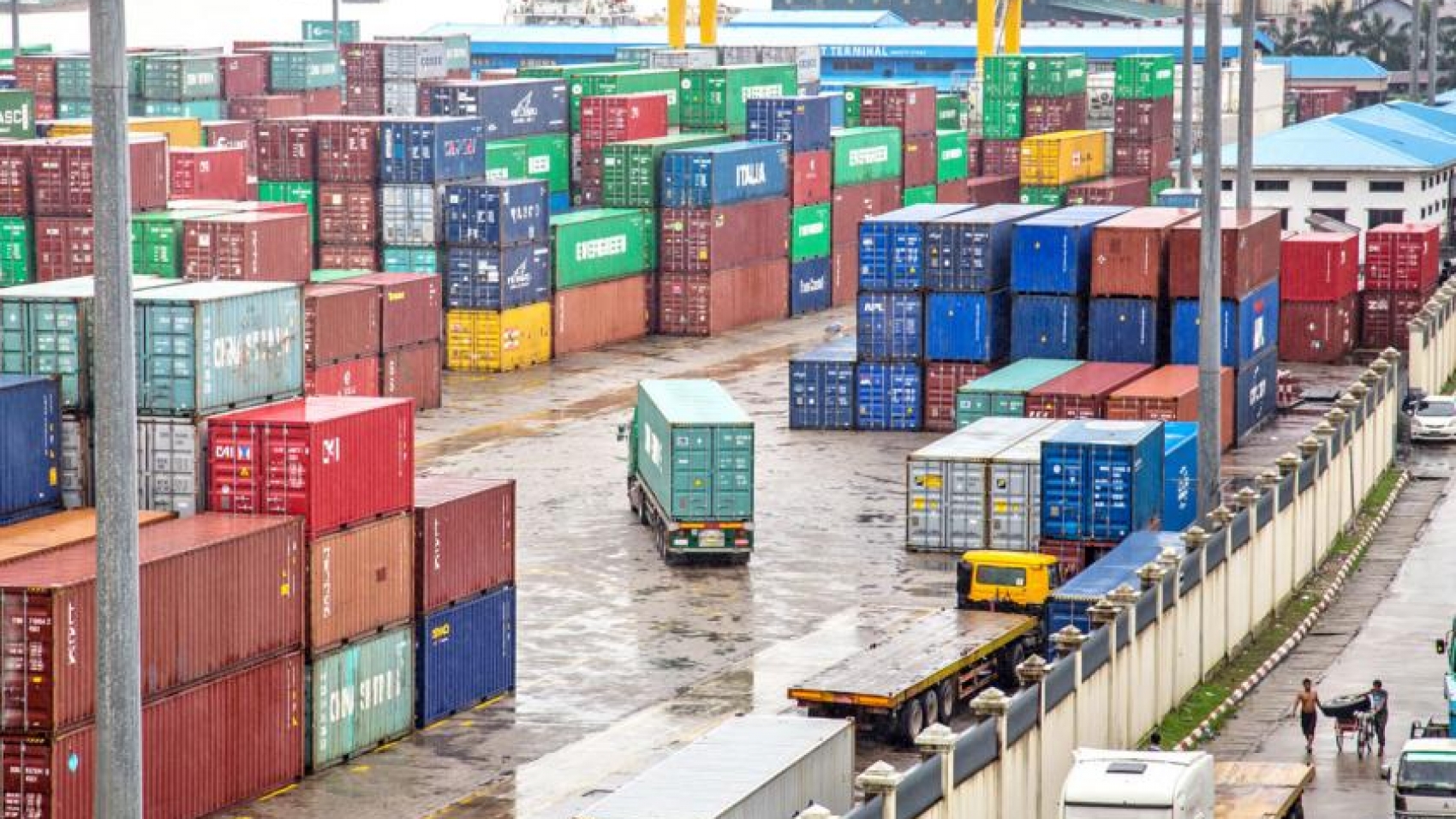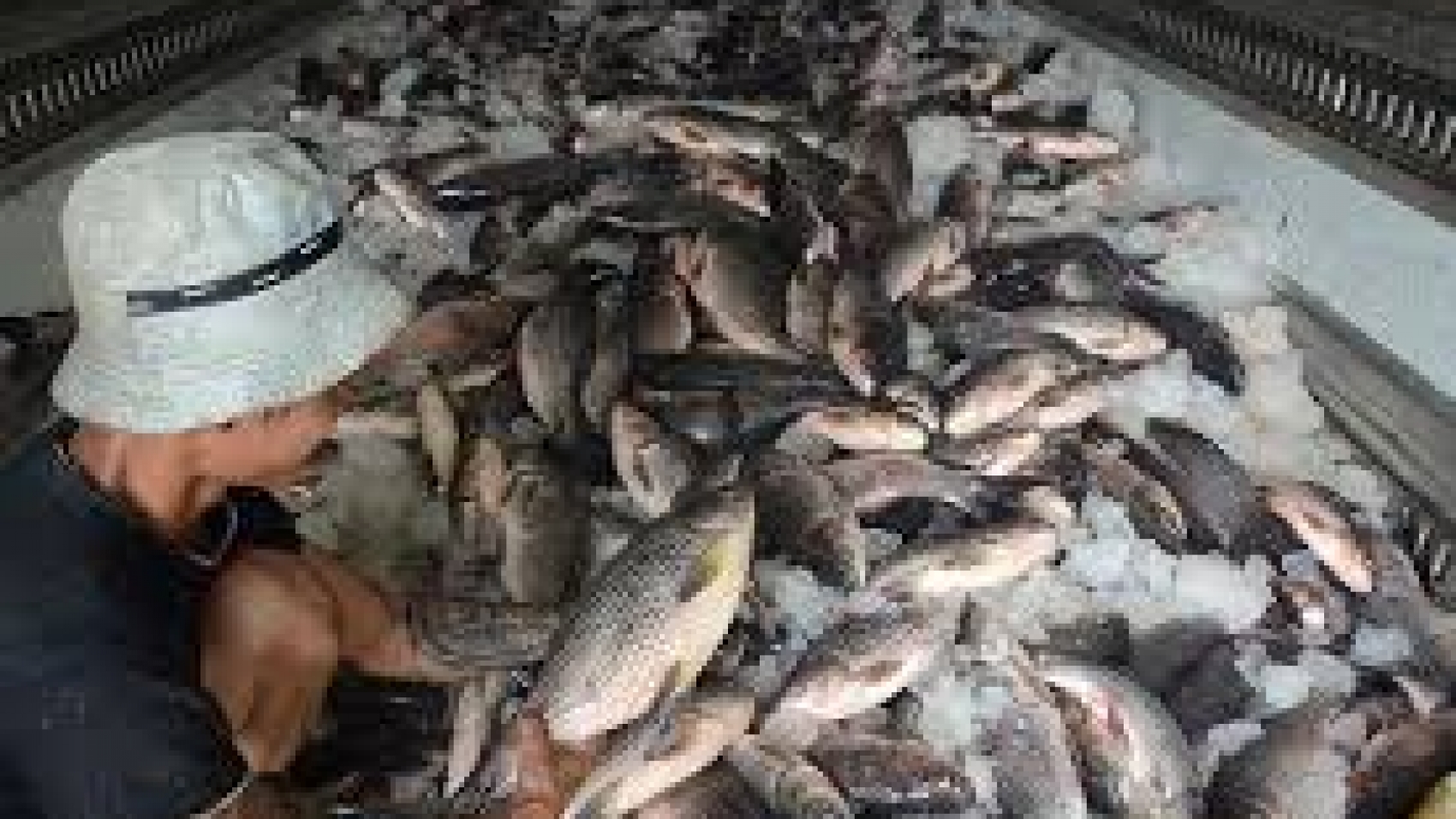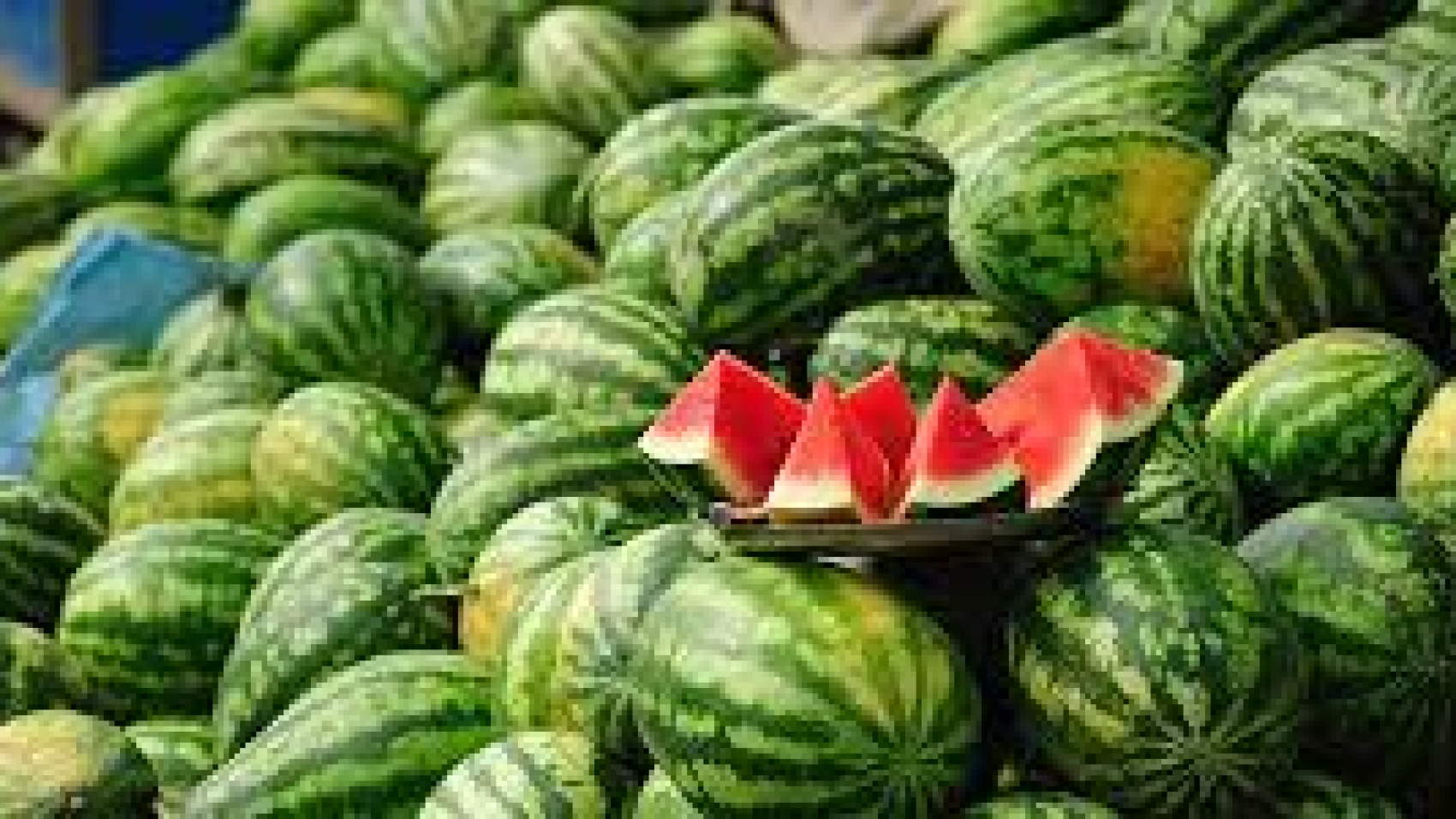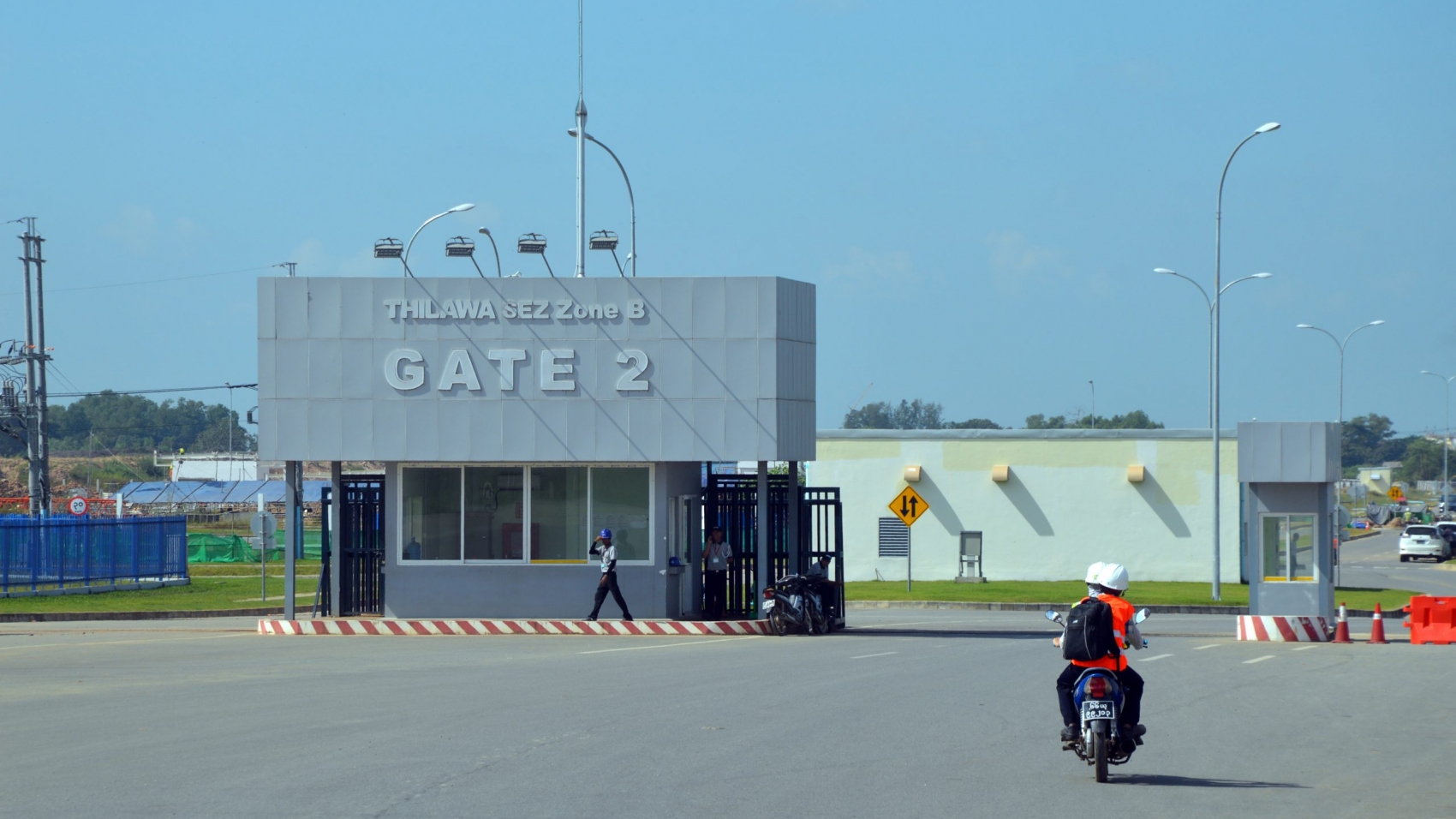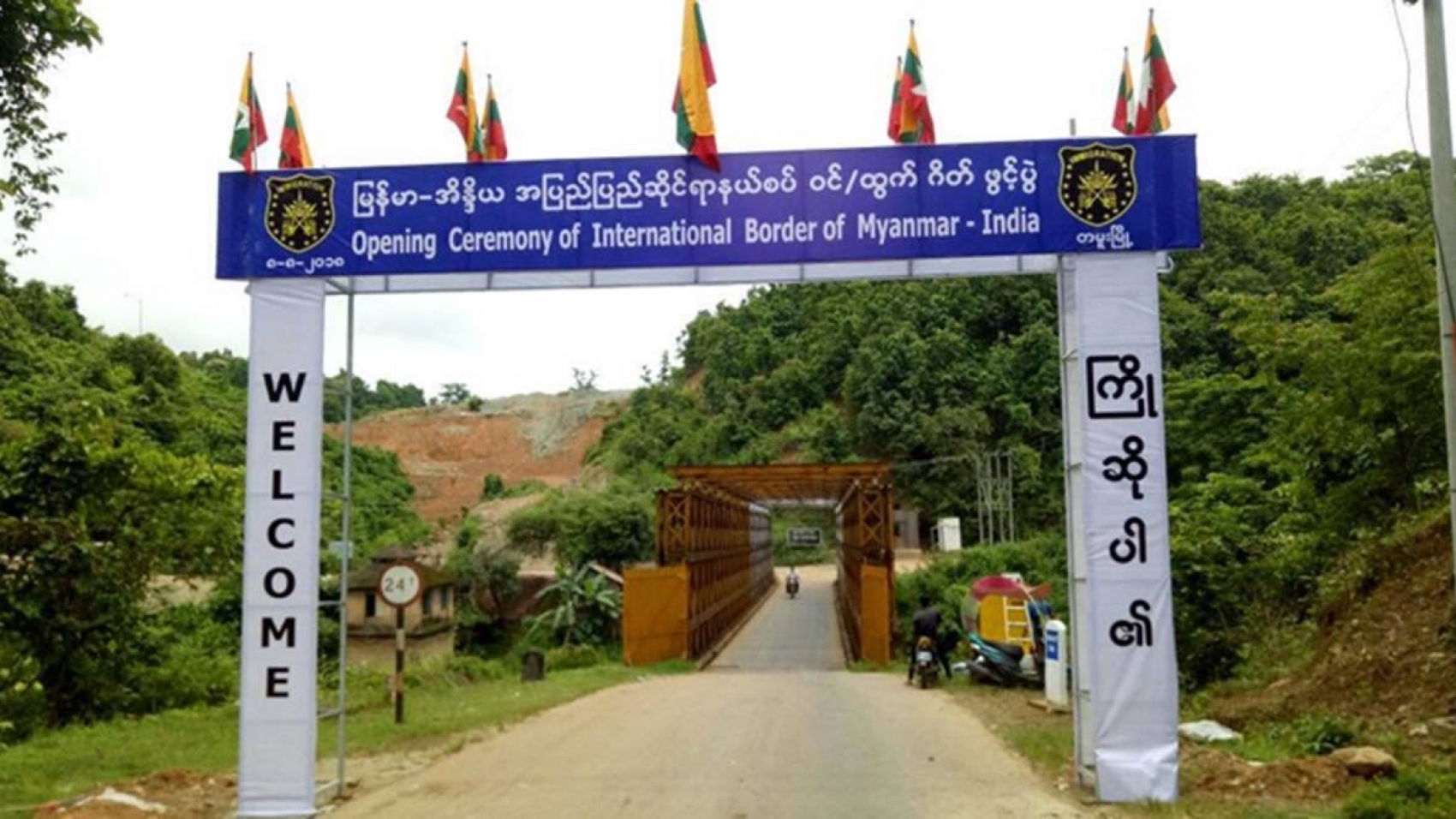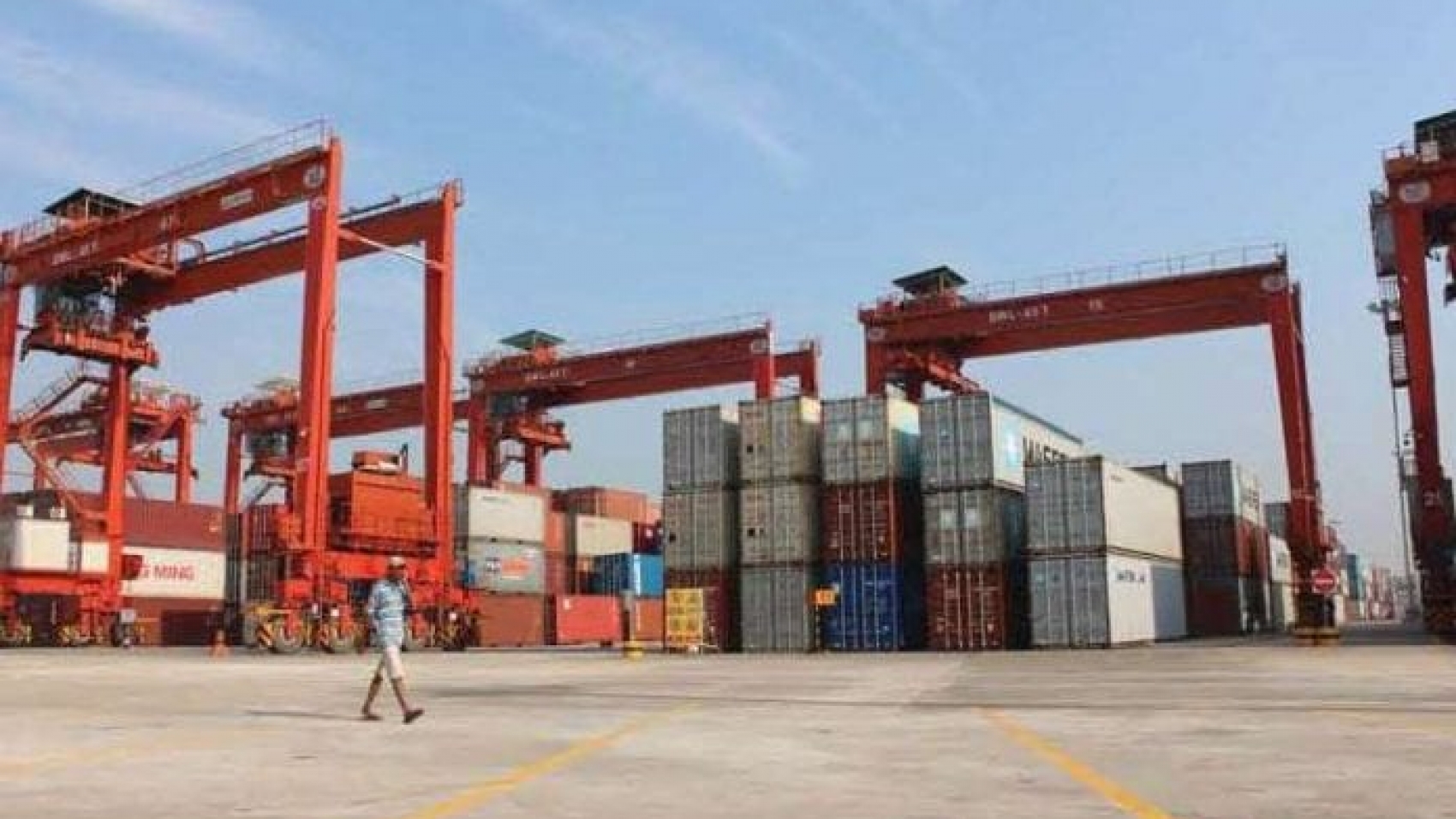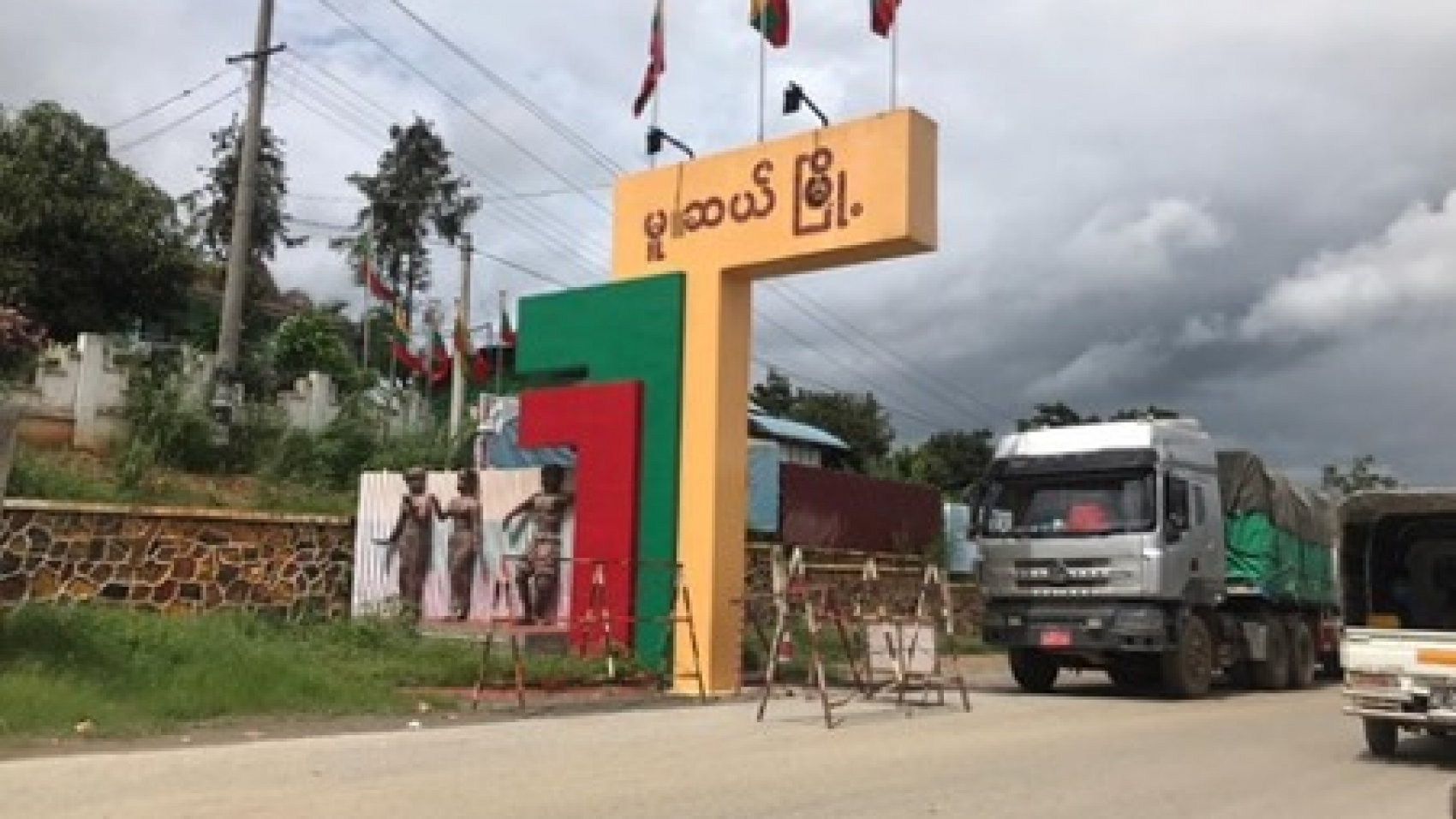MUSE border trade virtually hangs down because of coronavirus outbreak in the border market, said U Min Thein, the vice-chairman of Muse Rice Wholesale Centre. On 29 March, a Myanmar national was found to be COVID-19 positive in Kyauk Wine market in Kyaigaung. The next day, China restricted the border crossing at the Mang Wein checkpoint, which is one of major border crossings between Muse and Kyaigaung. Consequently, the main export stuffs namely rice and broken rice, pulses, aquatic products, onion and chilli to China through Mang Wein checkpoint were 100 per cent suspended.
Although the export items are allowed through other checkpoints Wan Ding and Kyin San Kyawt, the inspection over the products has been tightened starting from 20 April because of pandemic. Currently, the export of such products as rice, broken rice, green gram, aquatic products, onion and chilli are halted 100 per cent at Muse border checkpoint. The watermelon and muskmelon are still exported via Kyin San Kyawt checkpoint. However the trade of watermelon and muskmelon are down 90 per cent than previously because the health checks are more stringent than earlier at Kyin San Kyawt checkpoint.
According to the statement of the People’s Republic of China Yunnan COVID-19 prevention team prevention on 19 April said that any of 30 sample items from an export truck to China were needed to undergo COVID-19 test starting from 20 April. The COVID-19 test on each sample item will cost 60 Yuans. The costs will be borne by the owner of the cargos. The export products will only be allowed to discharge the day after the COVID-19 test proves negative. Besides, the traders and cargo handlers will have to undergo COVID-19 tests daily and the cost is 60 Yuans per person. Likewise, people are allowed to enter the workplace only after having the medical record, checking the body temperature and wearing the masks and gloves. The workers and staff have to stay in the restricted areas from 9 pm to 8 am. Those who are disobedient of the rules will be deported. As a result, some export cargos to China through Muse border trade seem to be suspended 90 per cent while some export items are suspended 100 per cent.
Source: The Global New Light of Myanmar

